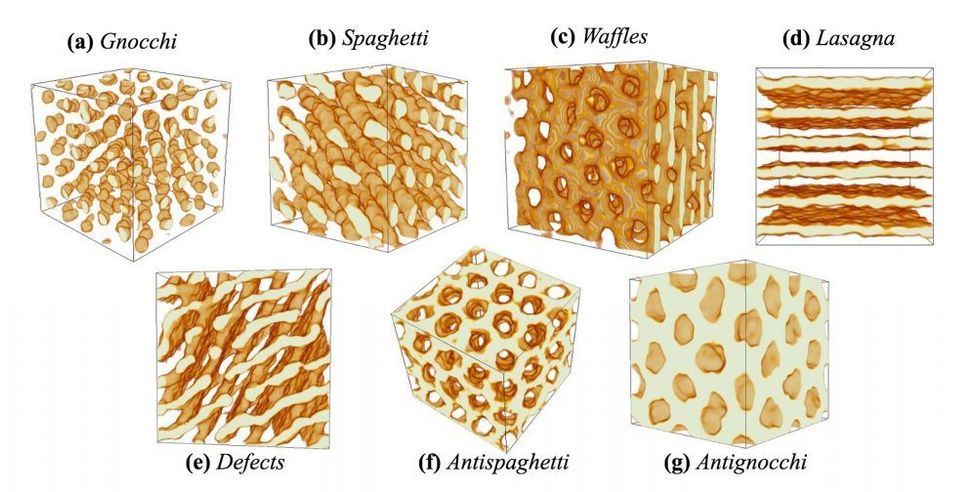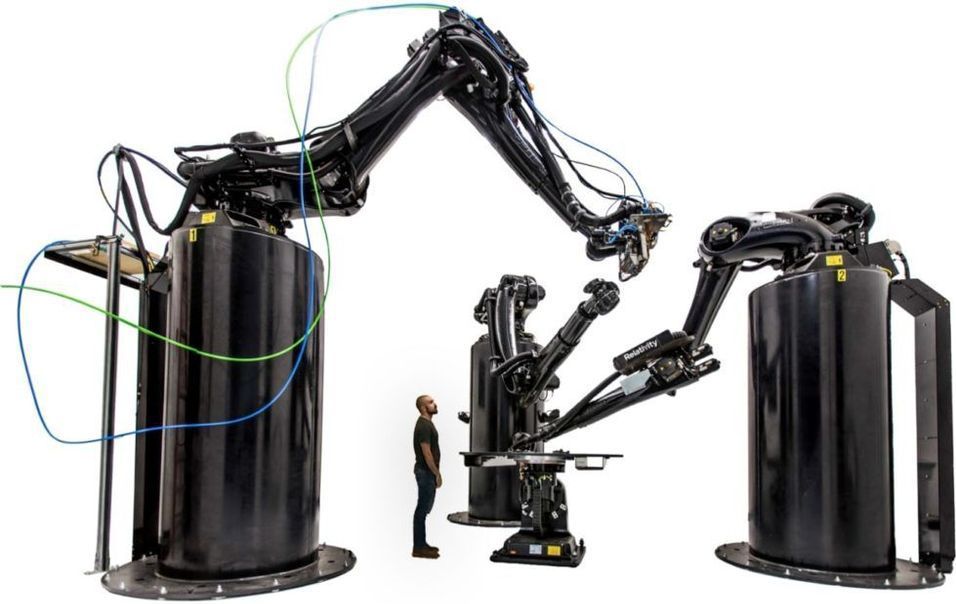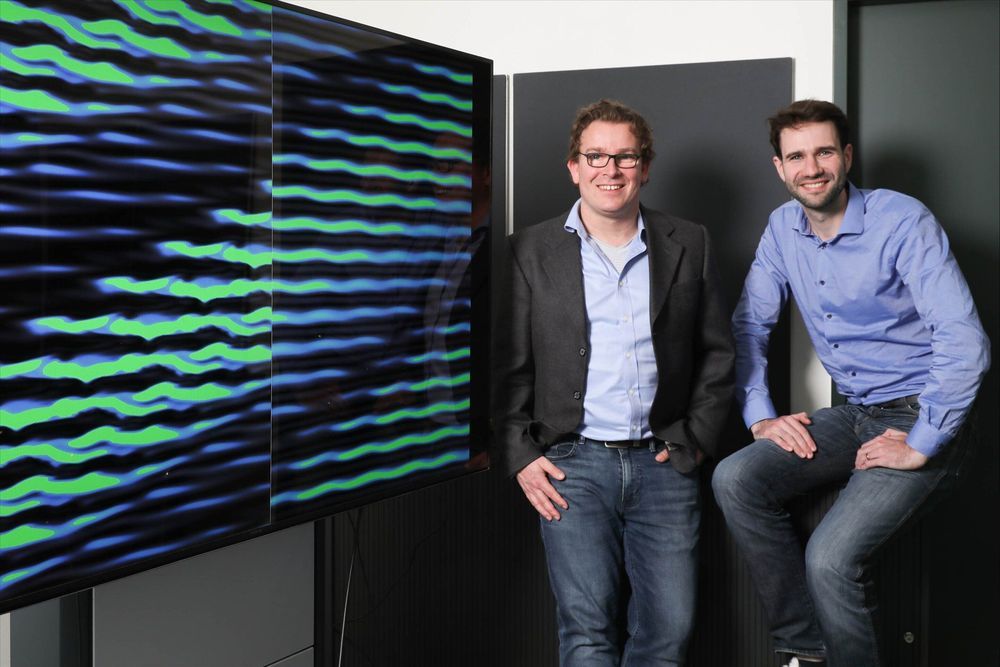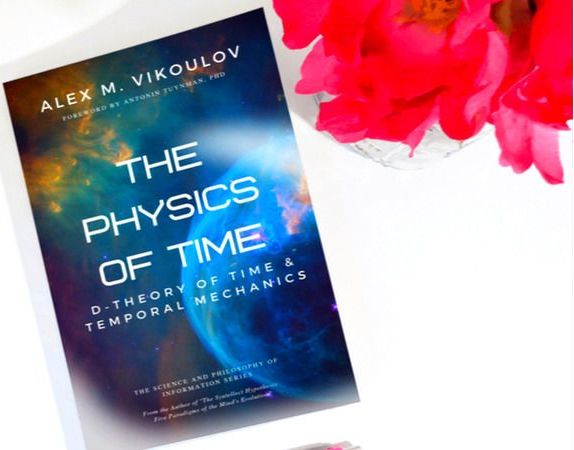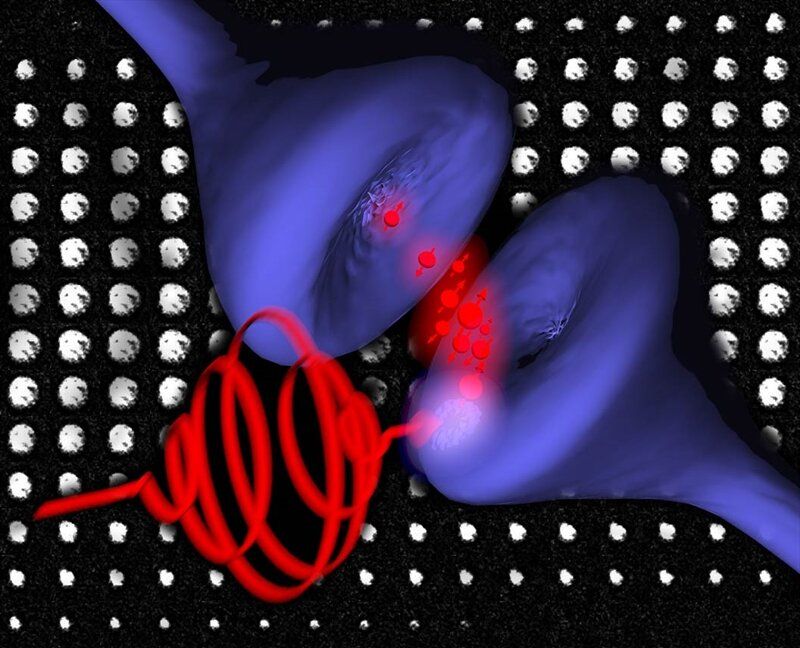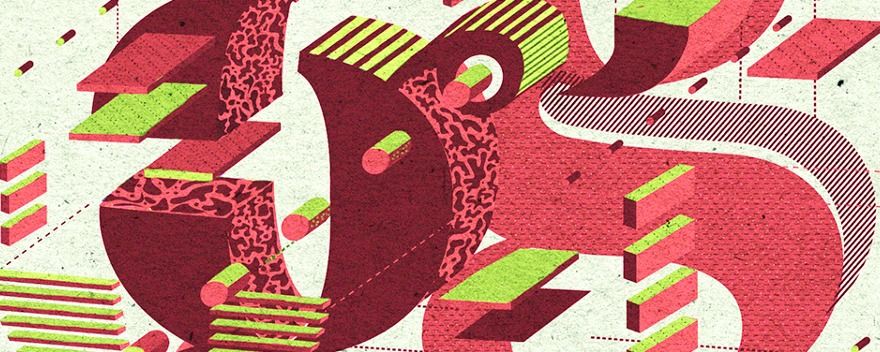May 29, 2019
Neutron star material is ten billion times stronger than steel
Posted by Quinn Sena in categories: cosmology, physics
Neutron stars are born after supernovas, an implosion that compresses an object the size of the sun to about the size of Montreal, making them “a hundred trillion times denser than anything on earth.” Their immense gravity makes their outer layers freeze solid, making them similar to earth with a thin crust enveloping a liquid core.
This will help provide better understand gravitational waves like those detected last year when two neutron stars collided. The new results even suggest that lone neutron stars might generate small gravitational waves.
